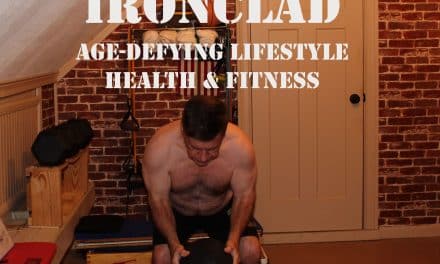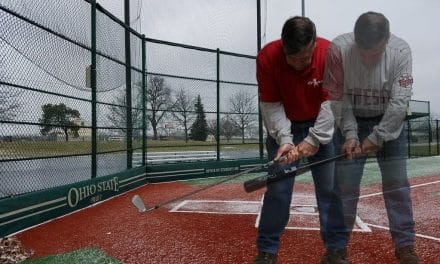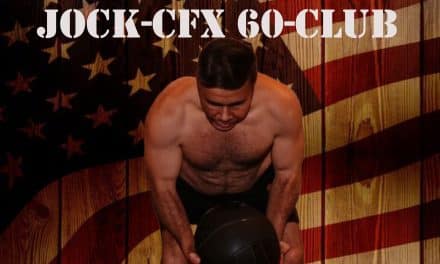Defying Age at 68: How Strength Training, High-Protein, High-Fiber Diet, and Omega-3s Keep Me Looking Like I’m in My Mid-30s
At 68 years old, I’m often met with disbelief when I reveal my age. People assume that I’m in my mid-30s—but I feel I’m decades younger than my actual age. So what is my secret? A disciplined lifestyle centered on strength training, a high-protein and high-fiber diet, omega-3 and omega-6 fatty acids, and probiotics. This type of lifestyle has not only transformed my physique but also optimized my health, energy (or caloric), and vitality to have an active lifestyle. Below is the details on my age-defying lifestyle that is basic proven practical with strategies that have allowed me to maintain a youthful appearance and vigor.
The Wake-Up Call: Why I Started
In my mid-40s, I noticed the creeping signs of aging and weight gain—sagging skin, reduced muscle tone, low energy, joint stiffness, and soreness. I refused to accept that this was inevitable. Inspired by stories of people thriving well into their later years, I dove into research on aging, fitness, and nutrition. This age-defying health and fitness was confirmed by a John Tesh radio show, Intelligence for Tour Life, aired in June of 2016.
What I found was clear: muscle mass, metabolic health, and inflammation control are critical to staying youthful. Armed with this knowledge, I committed to a lifestyle overhaul, focusing on strength training and a nutrient-dense diet tailored to combat aging process based on WHAT I eat and more important was WHEN I eat.
The WHAT factor was based on consuming food based on the Metabolic Analytics Caloric Score (MACS). The WHEN factor is eating between 9 a.m. to 6 p.m. The when factor was a main emphases of John Tesh’s reports.
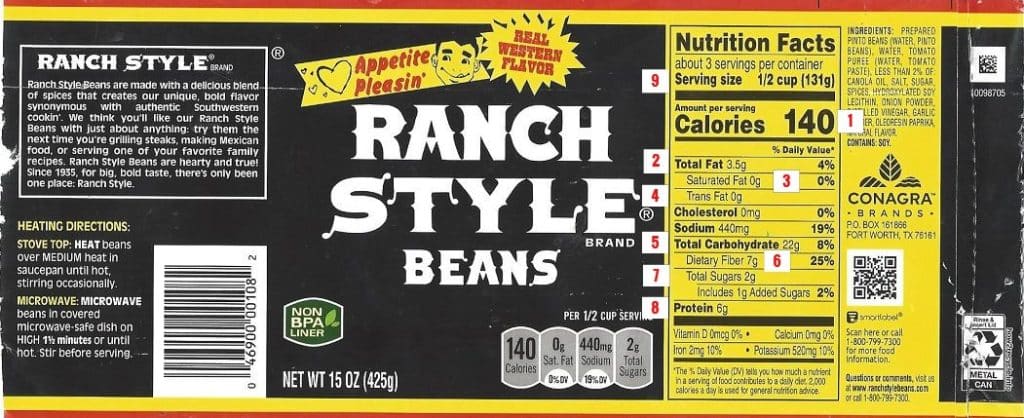
Don’t forget to pay attention to data point No. 9- Serving size. That is what all the other 8- data points are based on.
The Power of Strength Training
In addition to WHAT and WHEN I ate, Strength training became the cornerstone of my transformation at age 68, in the featured photograph above. I lift weights five times a week, targeting all major muscle groups with compound movements like squats, deadlifts, bench presses, and pull-ups, along with yoga and boxing bag exercises for balance. This approach has preserved and even increased my muscle mass, which naturally declines with age after age 35 (a process called sarcopenia). According to studies, adults can lose 3-8% of muscle mass per decade after age 30, but resistance training can significantly slow or even reverse this natural decline down.
Why It Works:
Muscle are metabolically caloric, meaning they burn more calories at rest, keeping my metabolism revved up and also for every pound of muscle I added; I burned 50 additional calories per day. Strength training also supports bone density, reducing the risk of osteoporosis—a concern at my age.
Strength training boosts growth hormone and testosterone levels, that both men and women have. Both hormone and testosterone levels can decline with age but are vital for vitality and youthfulness in look and feel. When muscles are worked, the pituitary gland activates the muscle to release a natural growth hormone that contains collagen that revive, repairs, and replace cells at a faster rate that slows down after age 50.
My workouts, which last between 45-60 minutes four times a week, where I incorporate the philosophy of increase reps instead of just sheer weight training, but strength training. A effective strength training technique is to have 10-to-15 reps per set with 20 seconds between set. If you perform two sets of 15 reps your using what is call EMOM- Every Minute on the Minute.
To include cardio-aerobics into my workout, I also incorporate boxing bag, yoga, and bicycling, or what some called spinning. I prioritize proper form to avoid injury and include mobility work to maintain flexibility. This regimen has sculpted my body, improved my posture, and given me the confidence to showcase my hard-earned physique by modeling with 20- year old models at age 68.
The High-Protein Diet: Fueling Muscle and Recovery
To support my strength training, I adopted a high-protein diet, aiming for 1.6-2.2 grams of protein per kilogram of body weight daily (roughly 100-140 grams for my 68-kilogram frame). Protein is essential for muscle repair and growth, especially as we age, when muscle protein synthesis becomes less efficient. Research supports that higher protein intake in older adults enhances muscle maintenance and physical function.
WHAT I Eat: Is keeping my menu items at or below a MACS of 3.50 that is built around lean protein sources—chicken breast, turkey, salmon, eggs, Greek yogurt, and plant-based options like lentils, tofu, and especially pinto beans, that are considered the perfect food source coming in at a MACS of 1.97 based on the data on the nutrition label, shown below using 9- data points.
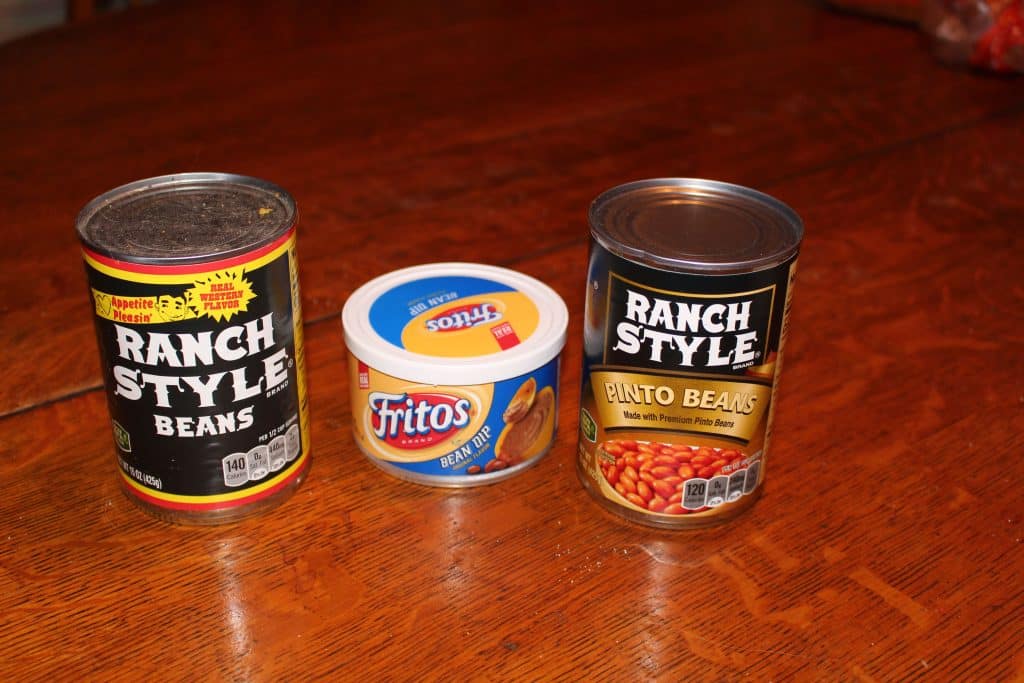
Protein intake is a major part of all my meals, approximately between 25-40 grams per meal. For example, breakfast might be a three-egg omelet with spinach and a side of Greek yogurt, lunch is grilled chicken with quinoa and broccoli, and dinner features salmon with roasted vegetables. But my lunch and dinner meals contains a quarter-cup of pinto beans. I mixed one can of Pinto Beans with one Tablespoon of Fritos-Lay® Bean dip. This adds taste and a grave base to my beans. This is especially goes great with lean steaks that I have once a week.
Why It Works: Protein not only supports muscle but also promotes satiety, helping me maintain a healthy weight. At 68, I’m leaner now than I was at age 35, where now, at age 68, I have a body fat percentage around 8-10%, which enhances muscle definition and gives my age defying skin. Protein also supports collagen production from the muscles, vital for skin elasticity, further contributing to my age-defying look.
High-Fiber Diet: Gut Health and Vitality
Alongside protein, I consume a high-fiber in my diet, targeting 30-40 grams daily. Fiber is a game-changer for aging gracefully, as it supports gut health, regulates blood sugar, and reduces inflammation—all of which impact how young you look and feel. A healthy gut microbiome is linked to better looking skin, improved mood, and stronger immunity, all of which I’ve experienced. Fiber also acts like a janitorial service removing fats, cholesterol, toxins, and excess water from the body. It also helps regulate blood sugar levels and promotes healthy bowel movements
What I Eat: My diet is rich in whole foods—vegetables (broccoli, kale, carrots, pinto beans), fruits (berries, apples, avocados), whole grains (oats, quinoa), legumes (black beans, chickpeas), and nuts/seeds (chia, flaxseeds). A typical day includes peanut butter with whole wheat crackers with trail mix for breakfast, a large salad with mixed greens and lentils for lunch, and roasted sweet potatoes with dinner. I minimize processed foods, which can spike inflammation and accelerate aging.
Why It Works: Fiber feeds beneficial gut bacteria, which produce short-chain fatty acids that reduce inflammation and support skin health. It also keeps my digestive system regular, preventing bloating that can make you look and feel older. Stable blood sugar from high-fiber foods sustains my energy, eliminating the mid-afternoon slumps I used to experience. My clear, radiant skin—a hallmark of my youthful appearance—is a direct result of this gut-focused approach.
Omega-3 and Omega-6: The Anti-Inflammatory Edge
To round out my diet, I emphasize omega-3 and omega-6 fatty acids, which are essential for controlling inflammation, a key driver of aging. Omega-3s, found in fatty fish like salmon, mackerel, and sardines, as well as flaxseeds and walnuts, are particularly potent anti-inflammatories. Omega-6s, found in nuts, seeds, and certain oils, are also important but must be balanced with omega-3s to avoid pro-inflammatory effects. Also omega-3 and 6 fatty acids are great for nerve health also.
How I Incorporate Them: I eat fatty fish three times a week and supplement with a high-quality fish oil (1-2 grams EPA/DHA daily). For omega-6s, I use moderate amounts of olive oil or avocado oil in cooking and snack on almonds. I aim for a 4:1 or lower omega-6 to omega-3 ratio, as modern diets often skew too high in omega-6, promoting inflammation. I avoid processed seed oils (like corn or soybean oil) that disrupt this balance.
Why It Works: Omega-3s reduce systemic inflammation, which can otherwise break down collagen, cause joint pain, and dull skin. They also support brain health, keeping my mind sharp—a critical part of feeling young. My glossy hair, smooth skin, and pain-free joints are testaments to the power of these fats. Omega-3s also enhance cardiovascular health, ensuring I have the stamina for intense workouts and an active lifestyle.
The Results: Looking and Feeling Decades Younger
The synergy of strength training, a high-protein, high-fiber diet, and omega-3/6 supplementation has transformed me. At 68, I have the muscle definition, energy, and skin quality of someone in their mid-30s. My body composition—lean muscle, low body fat—gives me a sculpted provides me confidence to model in front of the critical camera lens. Guys and gals, those that want that firm flat abs, you got to get your fat content below 10% for men and 12% for women for those summer activities.
My skin is firm and glowing, thanks to collagen support from protein and anti-inflammatory effects of omega-3s. I sleep soundly, wake up energized, and tackle each day with enthusiasm, whether it’s a gym session, a hike, or a busy workday.
Beyond aesthetics, my health markers are stellar. My blood pressure is 115/70, cholesterol levels are optimal, and my fasting glucose is in the healthy range. I’ve avoided age-related ailments like arthritis or diabetes, and my doctor is surprise at my blood workup that I don’t have to hear him preach at me. Mentally, I’m sharp and focused, with no signs of cognitive decline. This holistic transformation proves that aging is not a sentence—it’s a process you can influence.
Practical Tips for Defying Age
For anyone inspired to follow suit, here’s how to start:
- Strength Training: Begin with 2-3 sessions per week, focusing on compound lifts. Work with a trainer to learn proper form, and progress gradually. Bodyweight exercises like push-ups or squats are a great entry point.
- High-Protein Diet: Aim for 1.6-2.2 g/kg of body weight daily. Include a protein source in every meal, and consider a protein shake post-workout for convenience.
- High-Fiber Foods: Fill half your plate with vegetables and fruits, and swap refined grains for whole ones. Aim for 25-40 grams of fiber daily, and stay hydrated to support digestion.
- Omega-3/6 Balance: Eat fatty fish 2-3 times weekly or take a fish oil supplement. Use olive or avocado oil for cooking, and limit processed foods high in omega-6.
- Consistency and Patience: Results take time. Commit to small, sustainable changes, and track progress with photos, strength gains, or health markers.
- Rest and Recovery: Prioritize 7-8 hours of sleep and include rest days to prevent burnout. Stress management (like meditation or yoga) enhances results.
The Mindset: Embracing the Journey
Hint: Rule of Thumb for figuring your health waistline= Take your height in inches and simply divide by 2. My healthy waistline should be 65 inches/2 = 32.50- inches. It is actually 29.2- inches
Defying age isn’t just about the body—it’s about mindset. I view every workout, meal, and supplement as an investment in my future, like a 401(k) plan for my health account. I celebrate progress, no matter how small, and stay curious about new research or techniques. This positive outlook keeps me motivated and resilient, even on tough days.
At 68, I’m not just surviving—I’m thriving. Strength training, a high-protein, high-fiber diet, and omega-3/6 I get from my foods don’t just slow the ravages of aging but actually reverse the aging process to where I don’t look years younger but actually decades younger.
In addition to your strength training, a great Aerobic-Cardio workout is combination of boxing bag workout and what is called KRAV MAGA self-defense training that the Mossad and their elite military unit Sayeret that was used to rescue the hostages during the Raid on Entebbe in July of 1976. I train with both is a full workout by themselves:
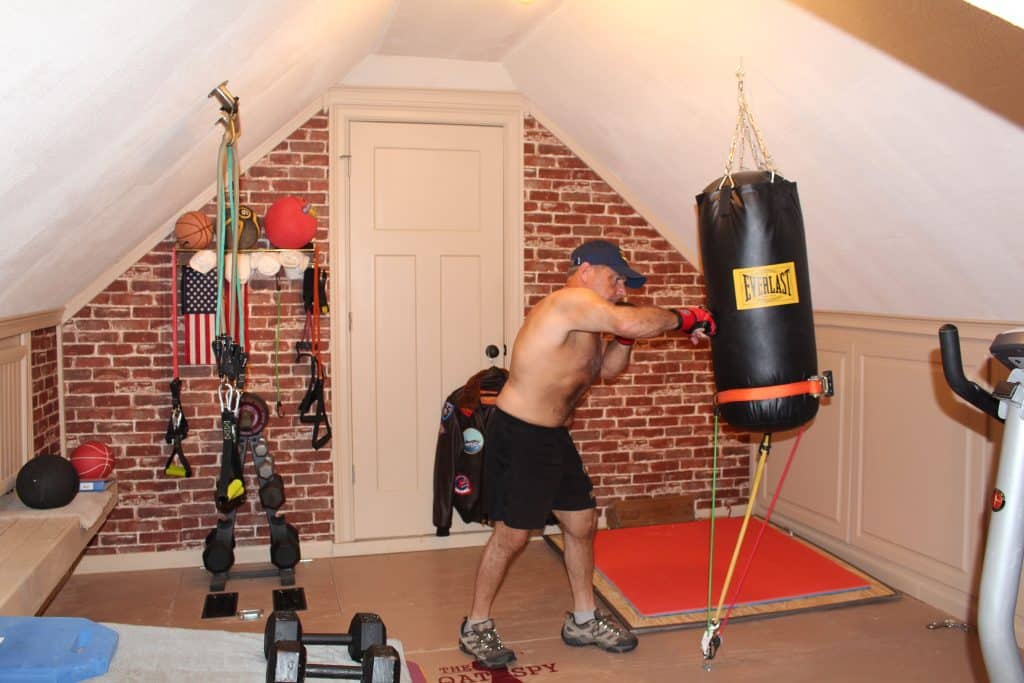
Strength training along with WHAT to eat (MACS Score at of below 3.50) and WHEN to eat (9 a.m. to 6 p.m.) and my workout program are in my new book on KINDLE in E-Book and Pager back by using the link below:
Extra Book that I just released this week May12, 2025
And those interested in adding a low impact sport to your life style- Golf is an excellent lifetime Sport:
Also if you are a parent of a Homeschool child and want to add an athletic curriculum, please consider my book- EXCALIBUR:


